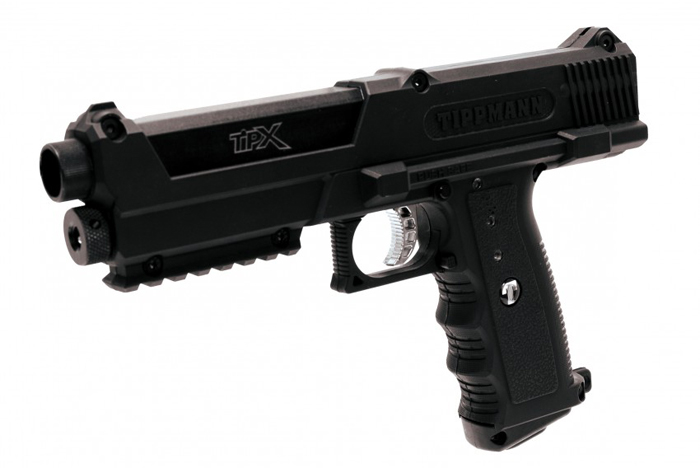As we’re coming into the winter months in much of the Northern Hemisphere a lot of players will either reduce how much they play or stop all together until spring arrives. For many, this means tossing their gear into their closet, garage or what-have-you and forget about it until their best bud pings them in the beginning of March to go sling some paint when (in most places) the mercury starts to climb back up to tolerable levels again. Depending on how well you maintain your gear throughout the season, you may be faced with a non-working marker when you finally dig it out again to go play. To prevent that from happening you can take some steps now to ensure that when your cabin fever gets the best of you, you have a fully functioning marker that’s ready to go.
- De-gas and De-power your marker for long term storage. Disconnect tanks, remove CO2 cartridges, remove batteries and ensure that nothing is cocked, or loaded with anything. By having springs and O-rings in a relaxed position they will not wear out or get tired from sitting like that all winter long.
- Replace O-Rings. During mid-season maintenance it was put forward to inspect and replace o-rings as necessary. For end of season maintenance, replace them all. You may not have to, depending on how much you play, but by replacing all your o-rings now you significantly reduce chances for a leak or failure come spring. Some will say you don’t have to if you’re not experiencing any issues, but what would you rather do? Spend <$10 and replace all the o-rings now, or wait until spring and experience some sort of failure and then rush to troubleshoot and fix while your buddies enjoy slinging paint?
- Replace your detent. Unless you replaced it at some point over the summer, trust me, it’s worn out. Replace it.
- Just like mid-season maintenance, check your tank and ASA threads for wear and/or damage. Replace as necessary.
- If you’re like me and operate a remote line, clean and inspect it from end to end for damage and wear. Replace its o-rings.
- Perform a thorough cleaning of the exterior and interior of your marker.
- Replace your springs! Springs wear out. If you haven’t replaced it in a while, take this opportunity to replace it now.
- Inspect your bolt/hammer where it catches on the trigger assembly. This will wear out to the point of no longer effectively catching the trigger sear. Replace if there is severe wear. Same goes for the trigger sear.
- Re-lubricate everything! Follow your marker’s owners manual and apply grease or oil.
- As always, test fire and troubleshoot as necessary. No matter how thorough I am I almost always miss putting something small back – usually the detent.
Post season maintenance is nearly a complete overhaul of your marker stopping just short of rebuilding the valve. Essentially you’re replacing the most common wear components after a summer of great play; however, if you’re the type to store your gear for winter, there’s a few other things that need attention!
First, your mask. Get a new lens! After a hard summer of taking hits and absorbing moisture, your lens is tired and worn out. Ensure visibility in the spring with a fresh lens. As with your marker, thoroughly clean the inside and outside of your mask. If your masks foam is starting to feel old, replace that too.
Second, your hopper. No matter the hopper, wipe down the inside. Paintballs by virtue of the manufacturing process often have a residue on them that builds up inside of your hopper. Wipe that gunk out! As with the marker, remove batteries if your hopper uses them.
While we’re on hoppers, if you play magfed you need to service your magazines as well. Remove paint from magazines, clean them thoroughly and inspect and replace springs as necessary.
Empty your tanks too – no need to keep pressure in them if they’re going to sit for the winter. By keeping pressure in them the burst discs, shims and valve springs are all under pressure and will wear accordingly. Extend the life of your tanks and regulators by storing them empty. Don’t be like my friend who stored a CO2 tank in his closet while full – a burst disc gave out in the middle of the night and he about had a heart attack!
As I’ve stated before, preventative maintenance is the best fix, or as the old idiom goes: ‘An ounce of prevention is worth a pound of cure’. Maintain your kit and your kit will keep you in the game doing what you love to do – putting your balls on other peoples faces!


![[UPDATED] Modern Combat Solutions Tacamo MKV Storm](https://paintballtech.net/wp-content/uploads/2015/09/mkv_storm_mag_conversion_kit.jpg)


